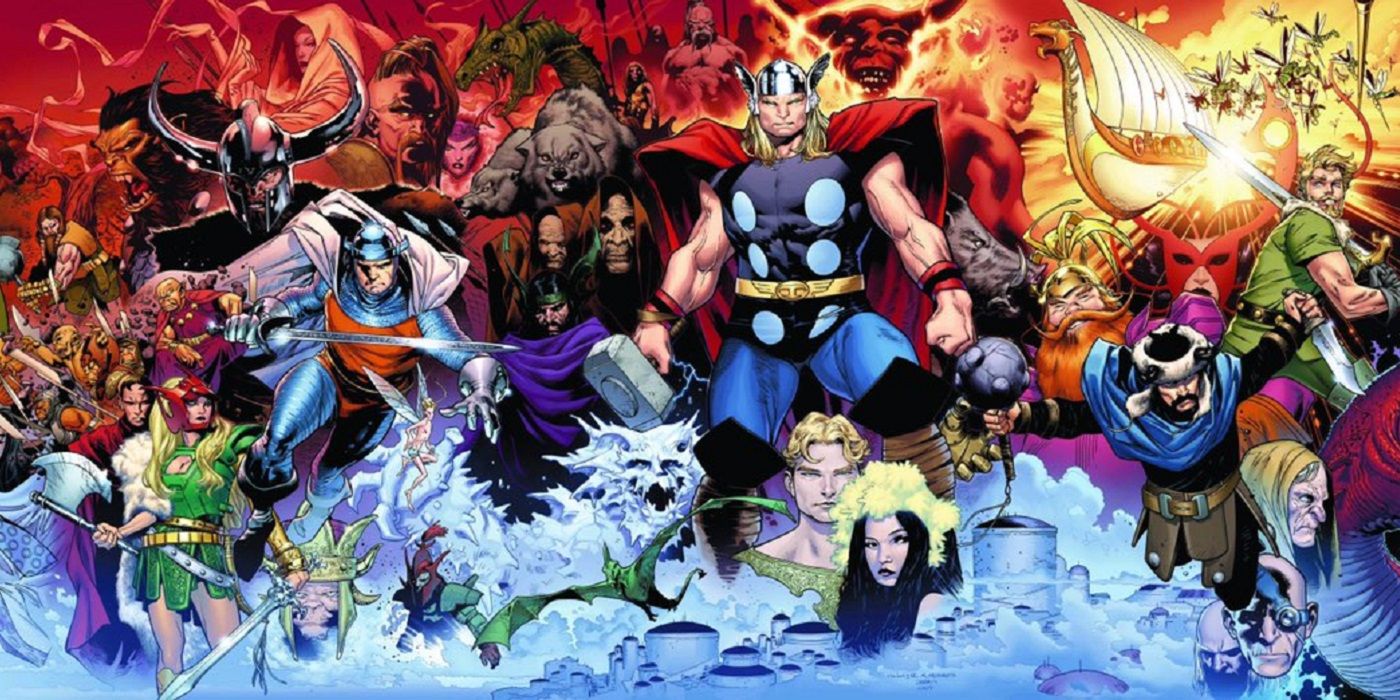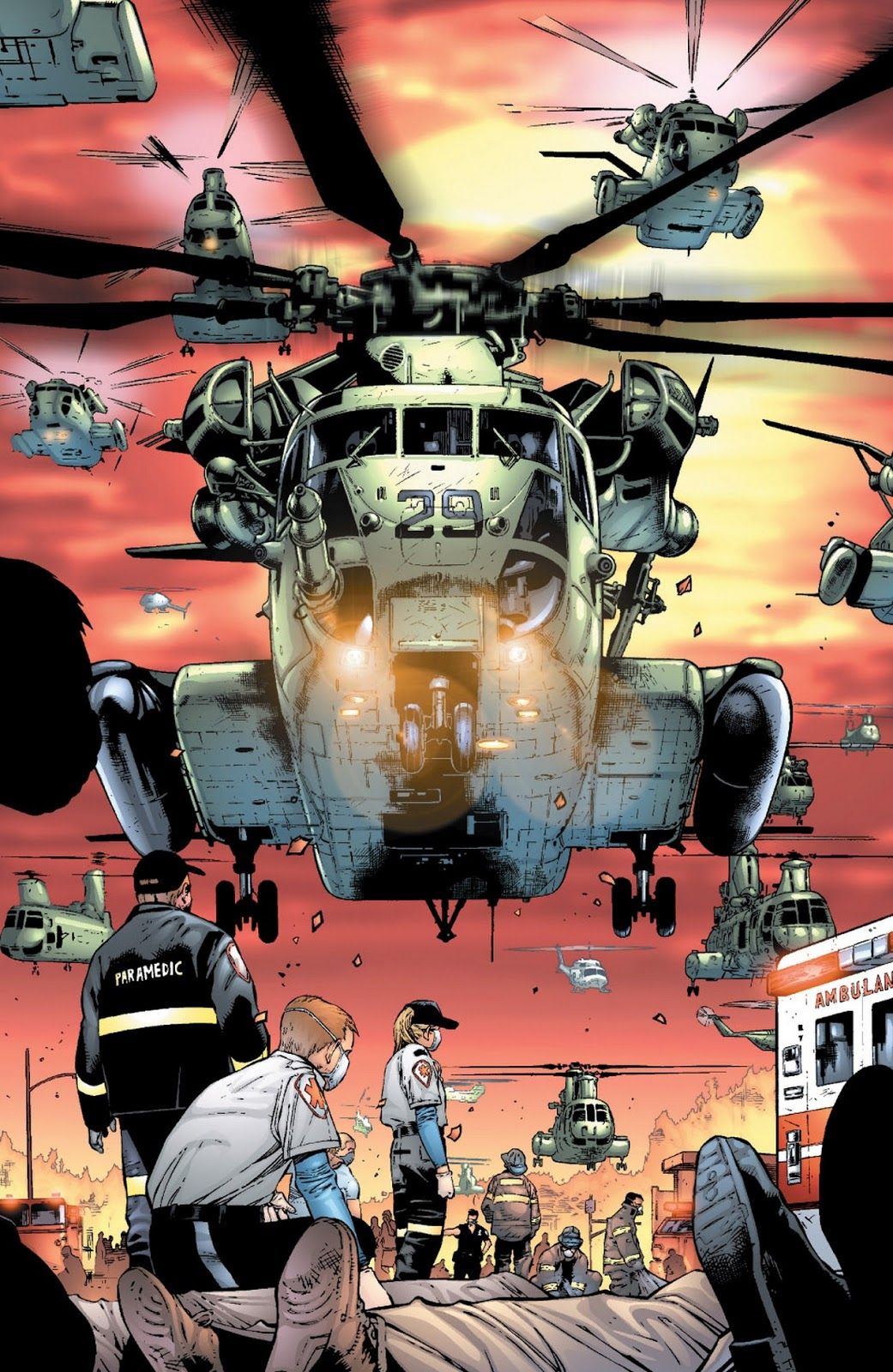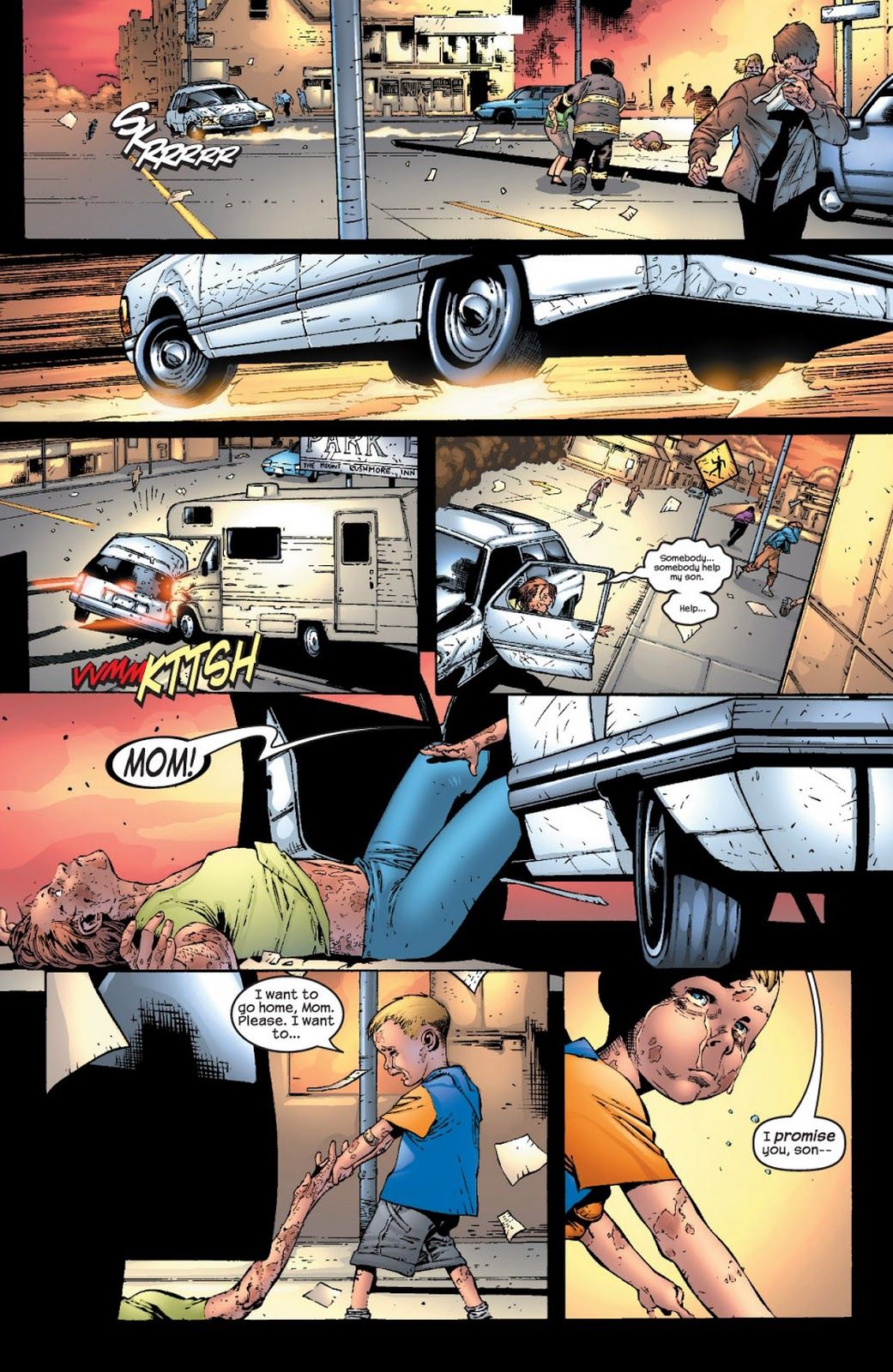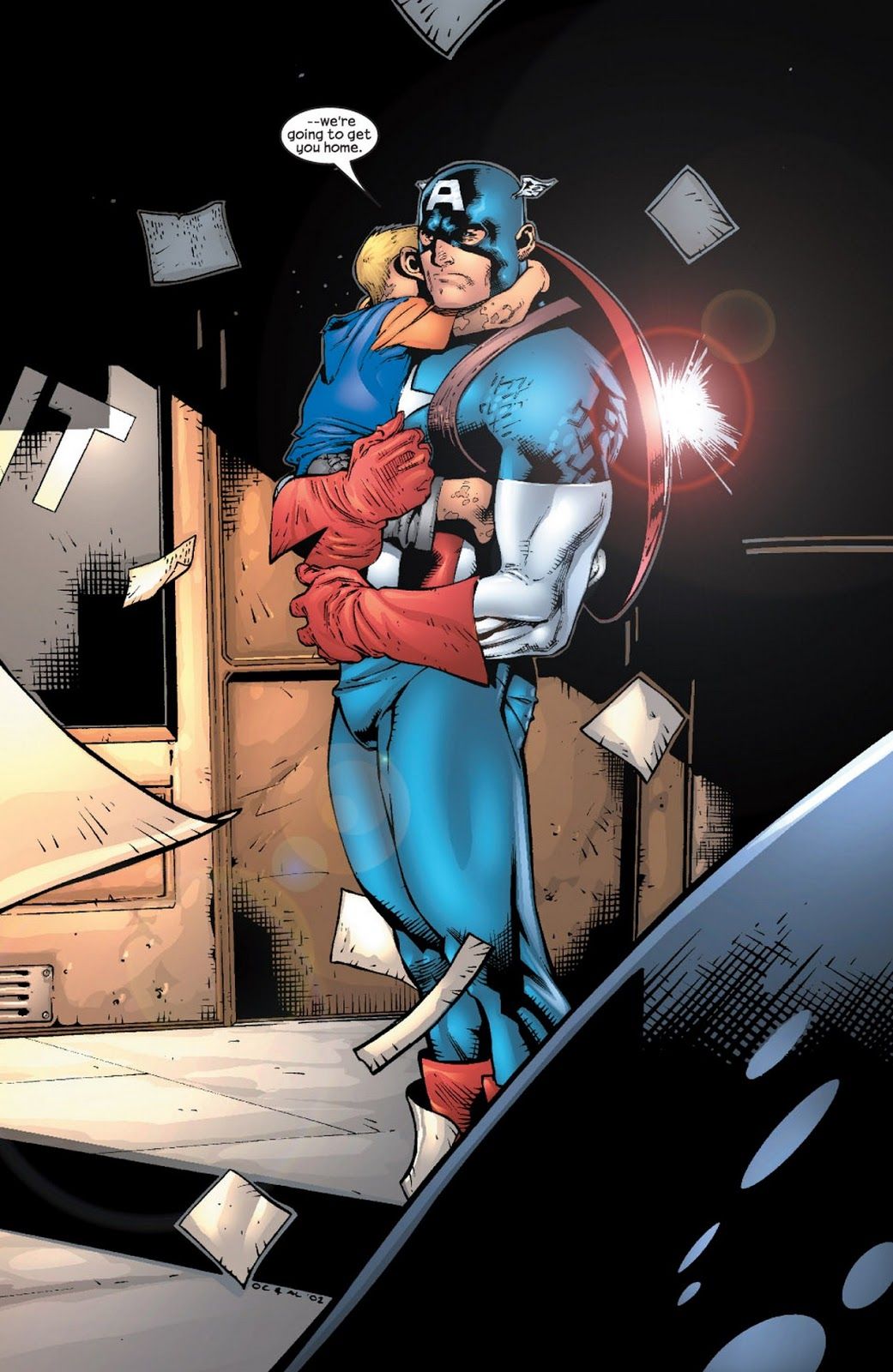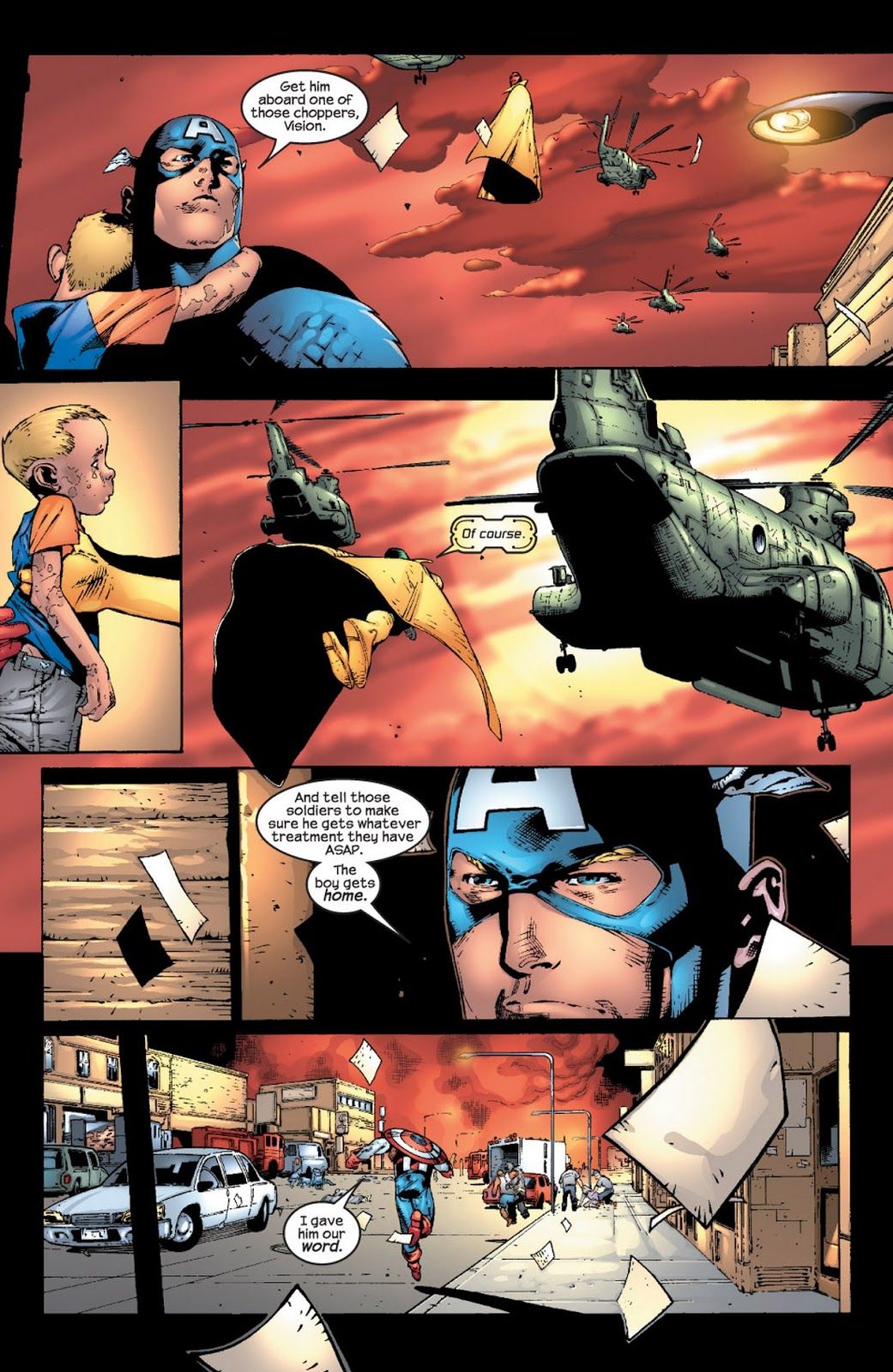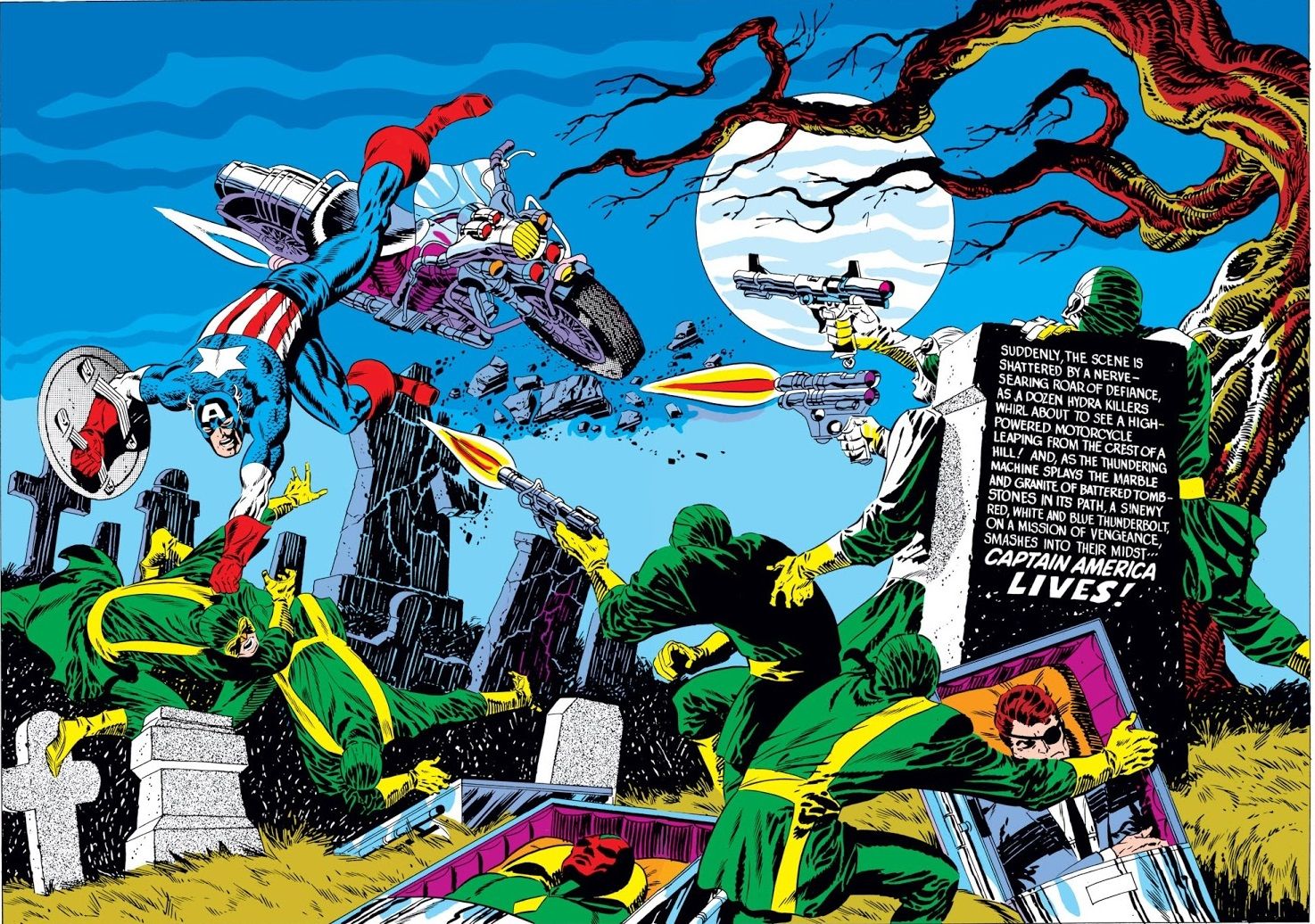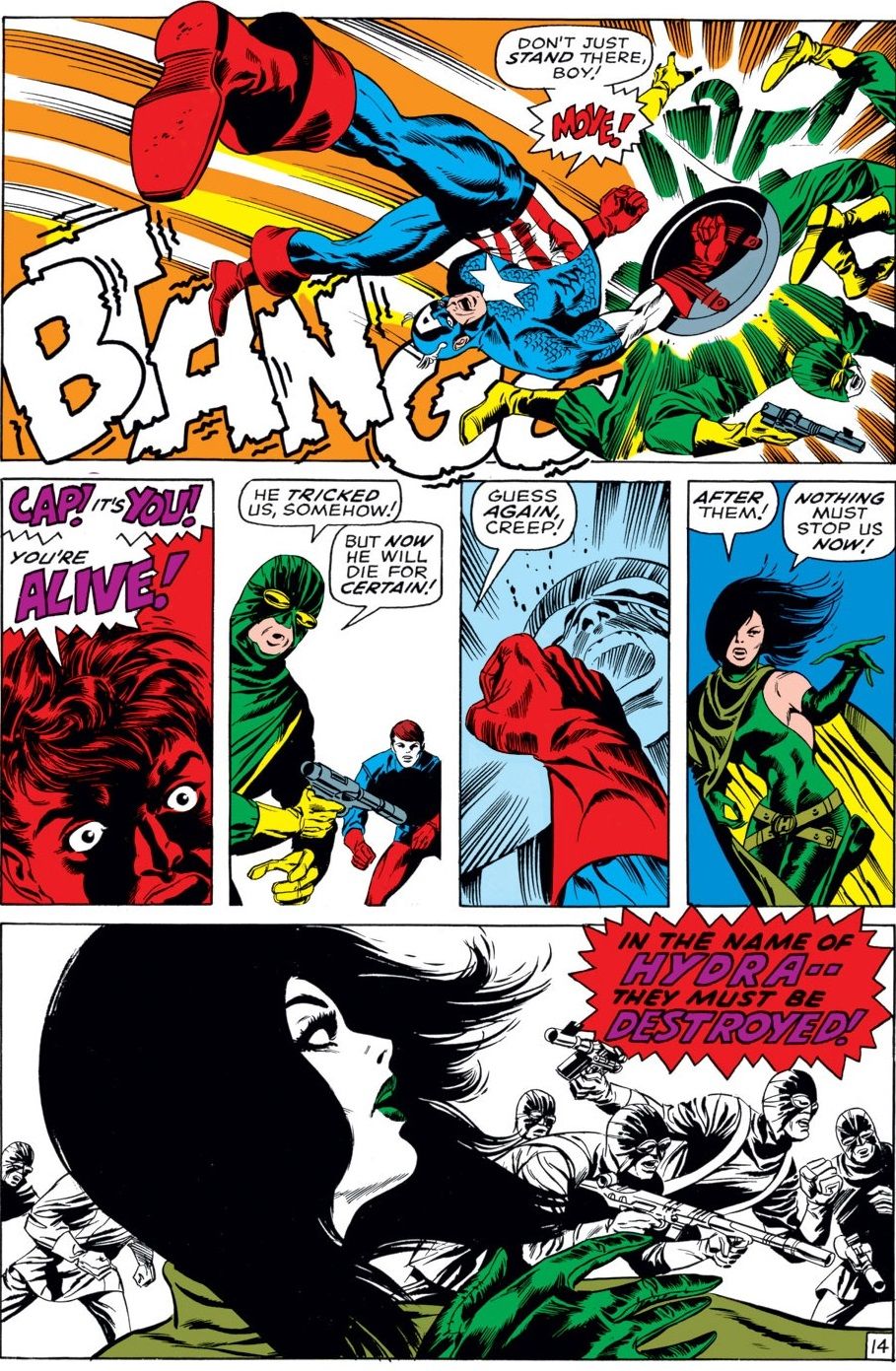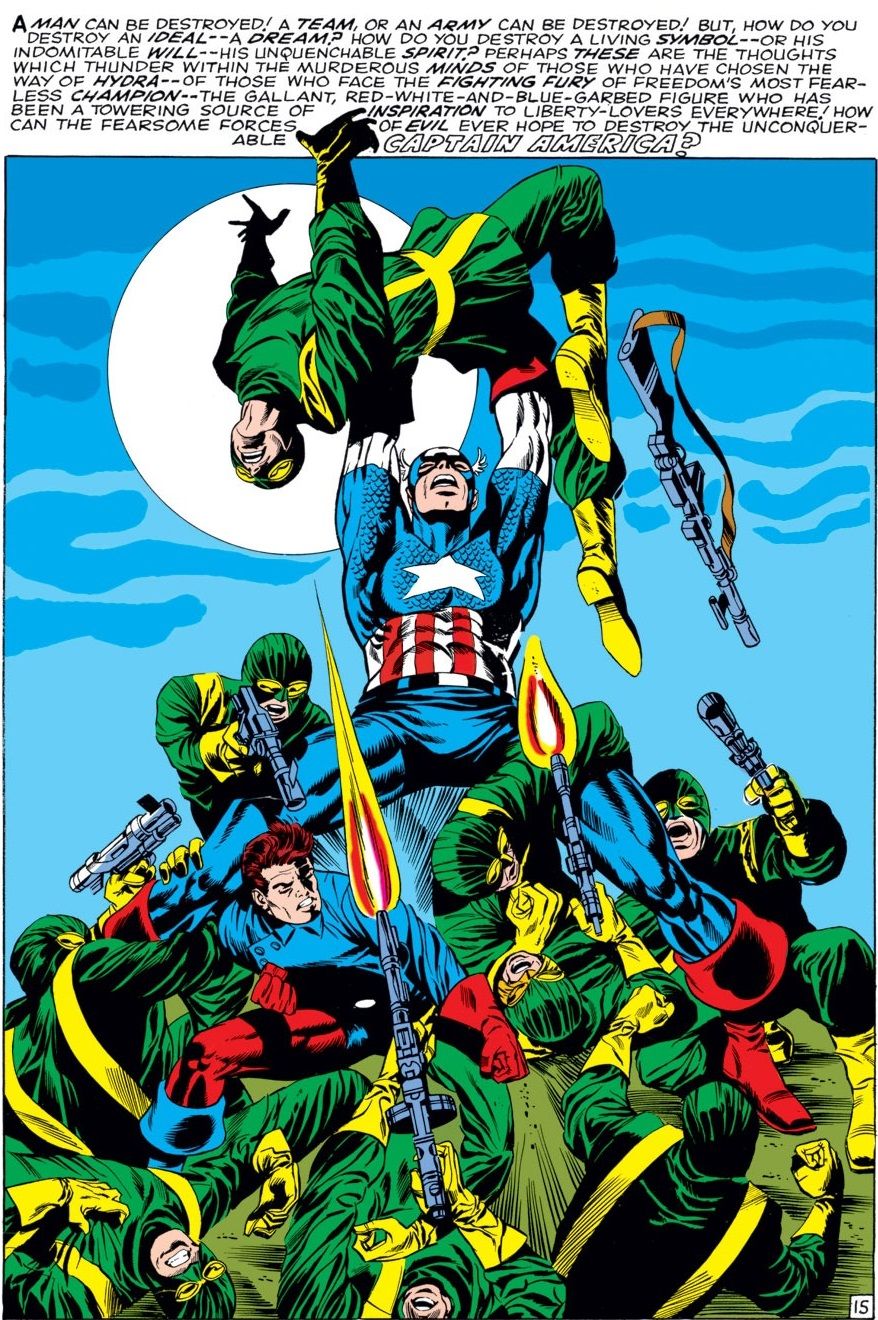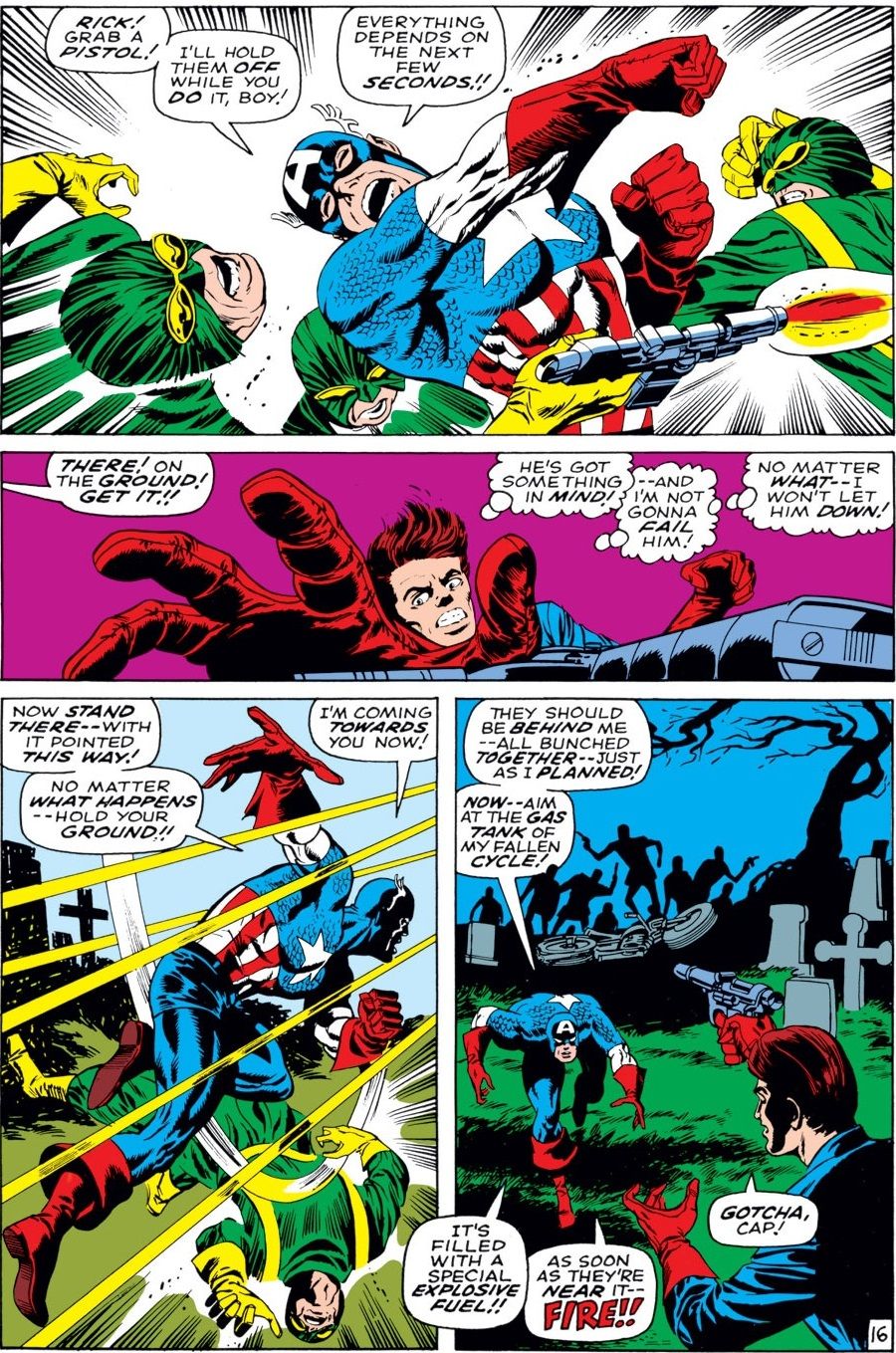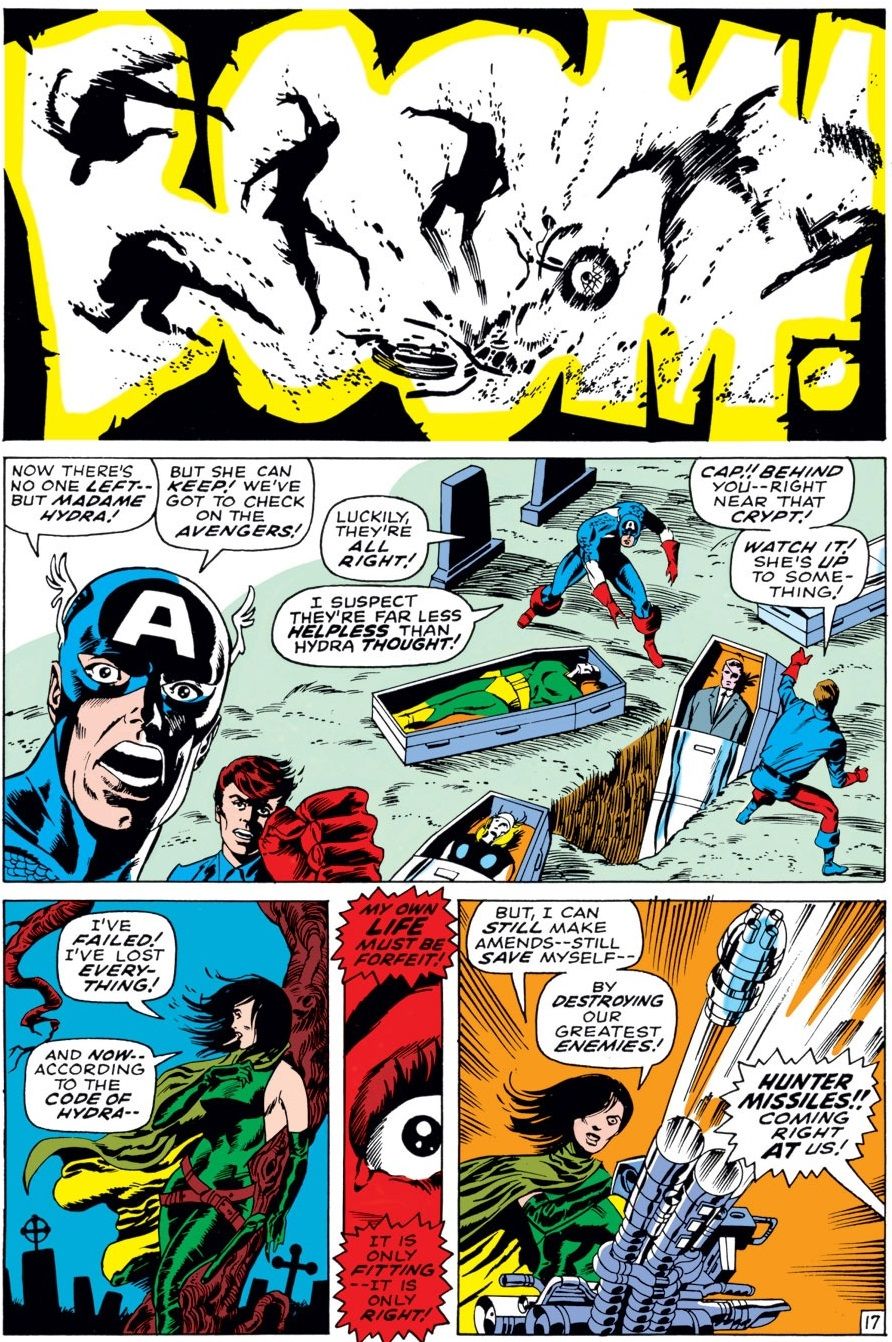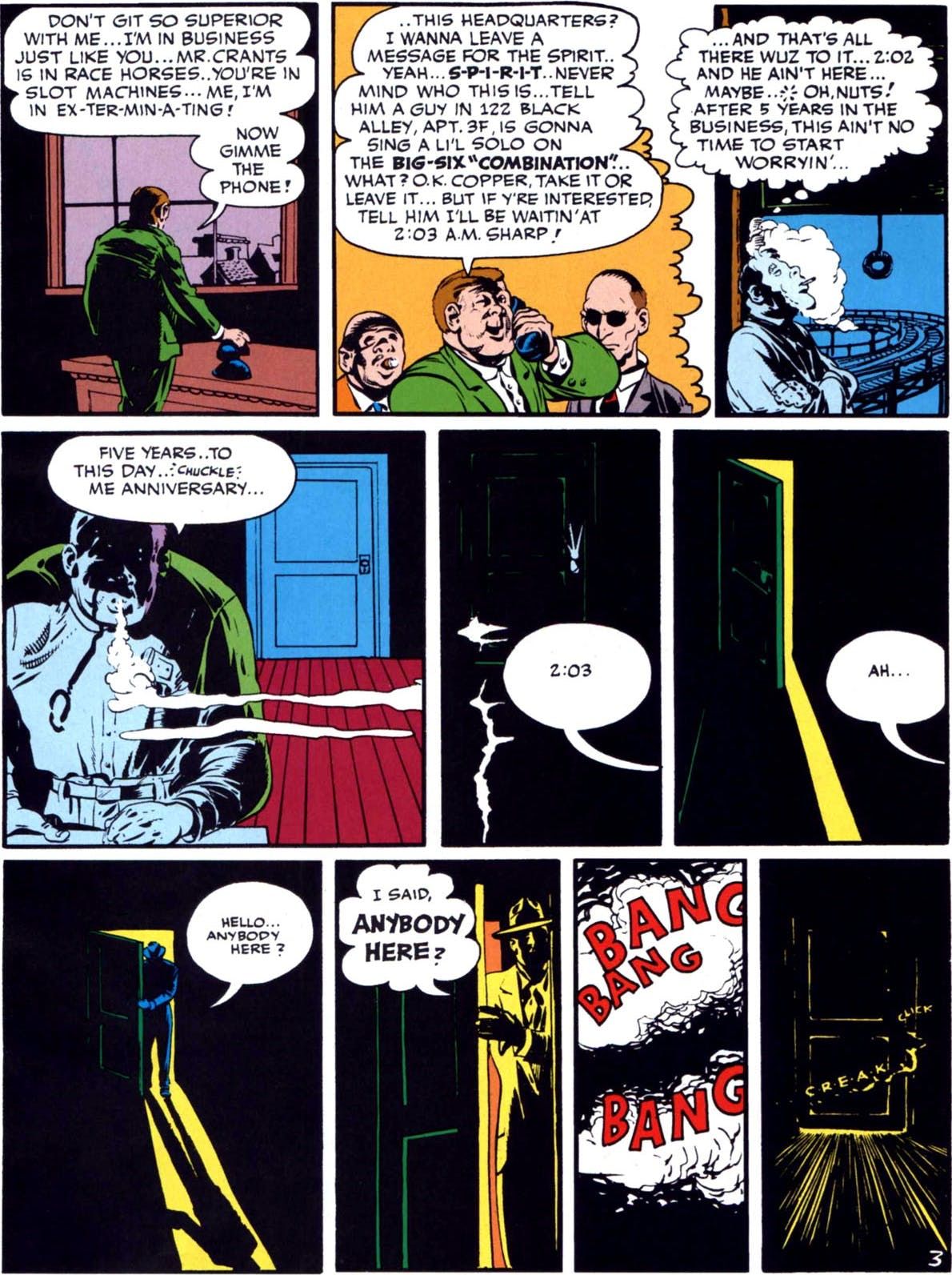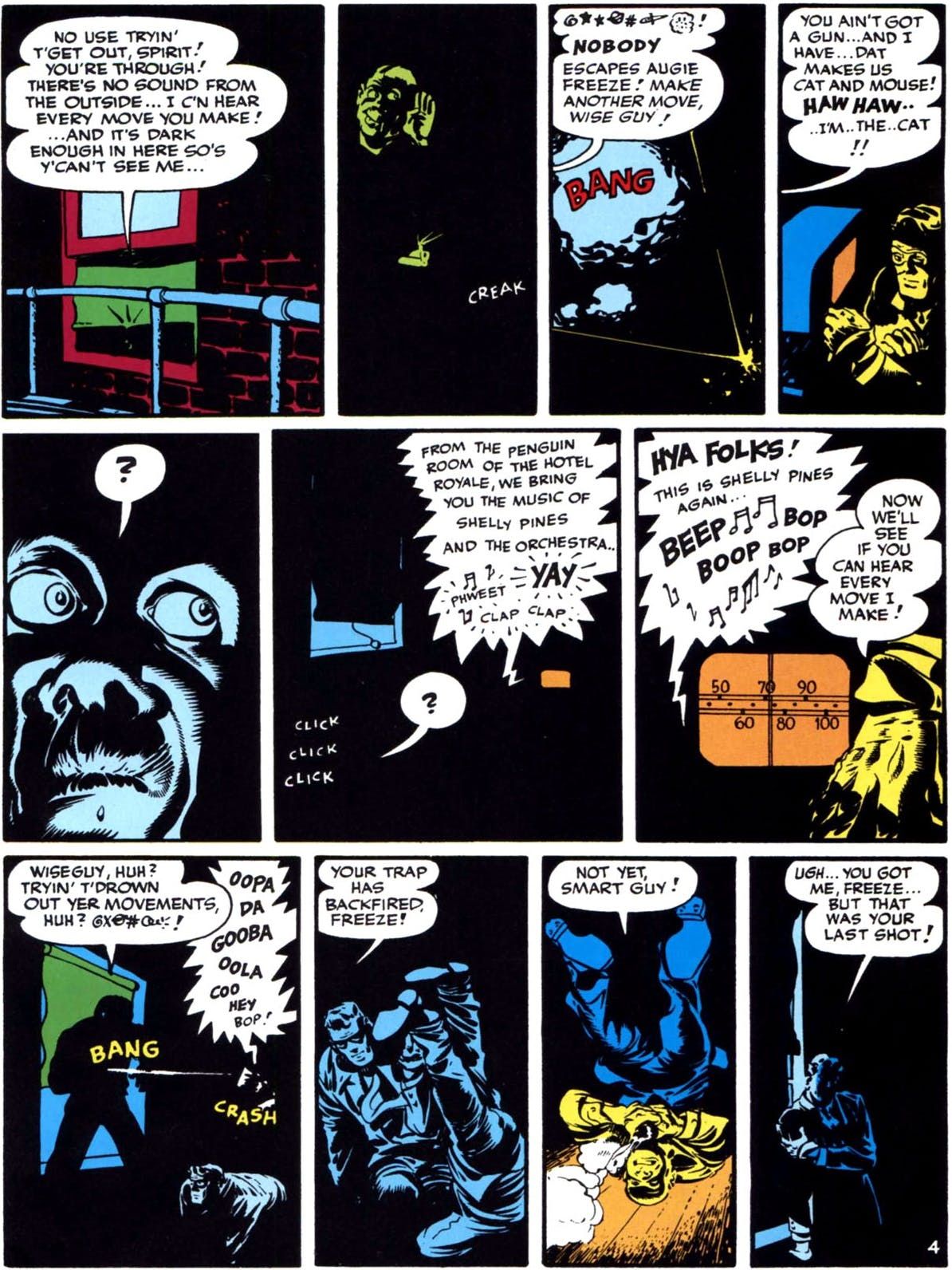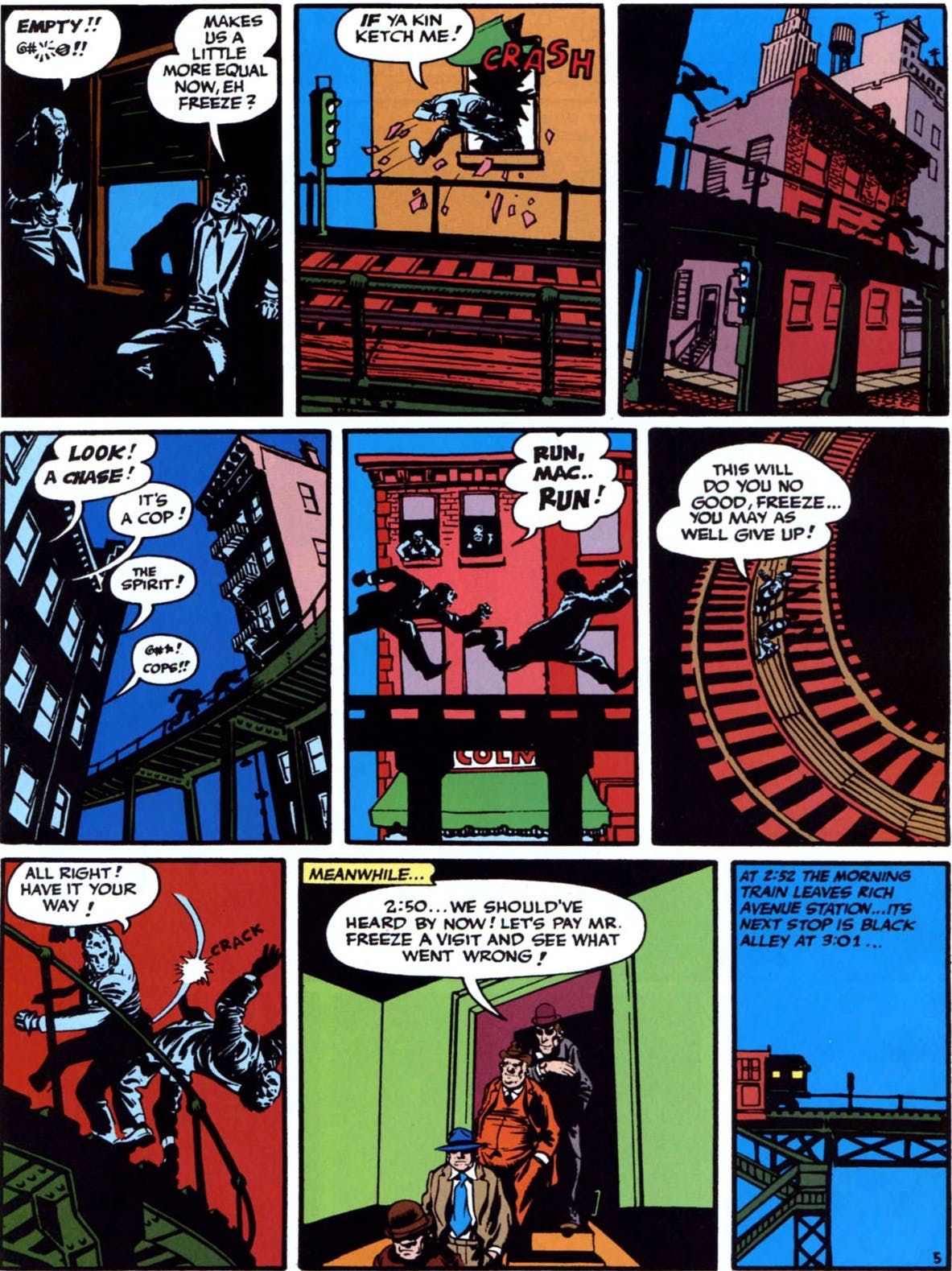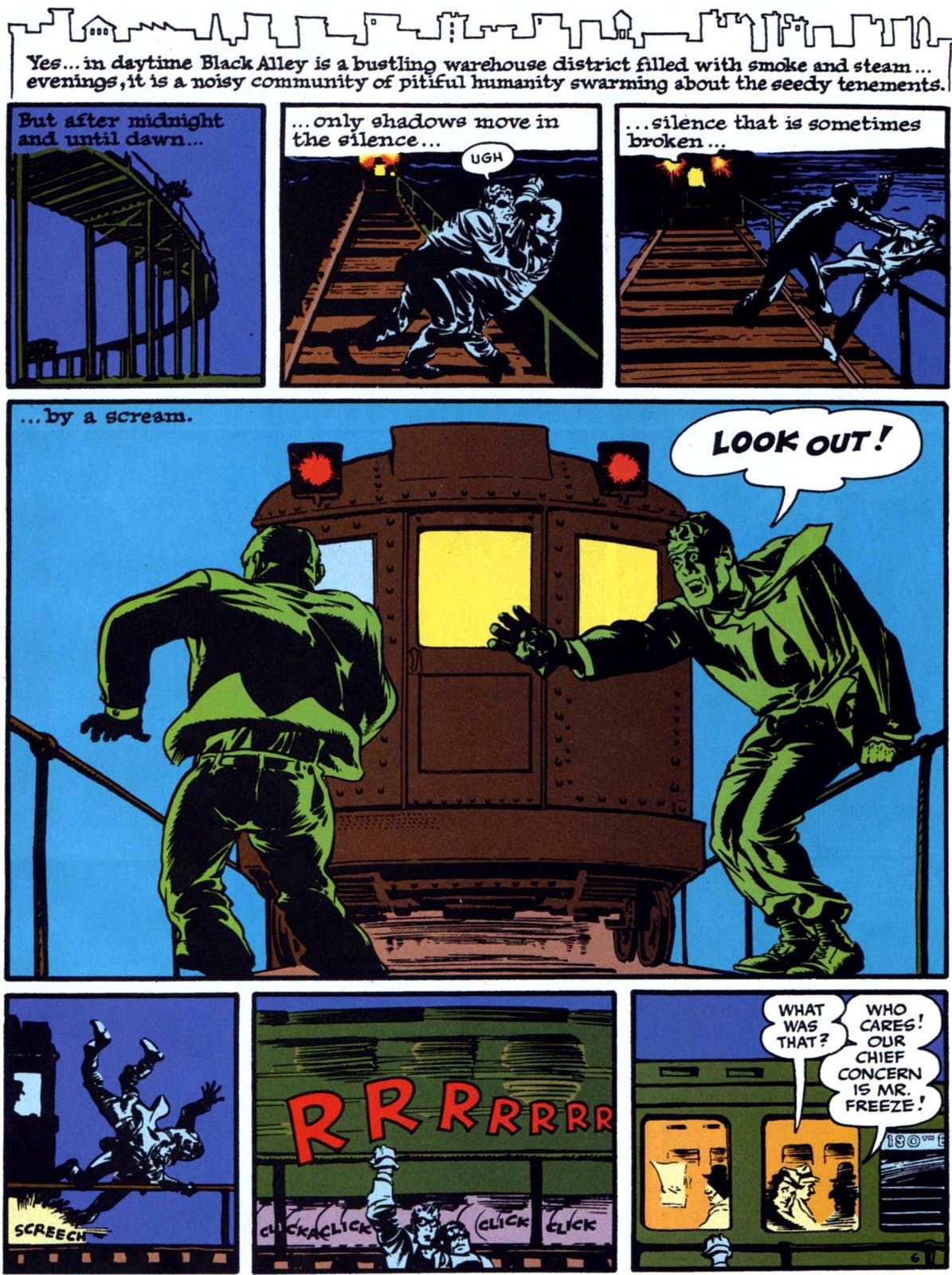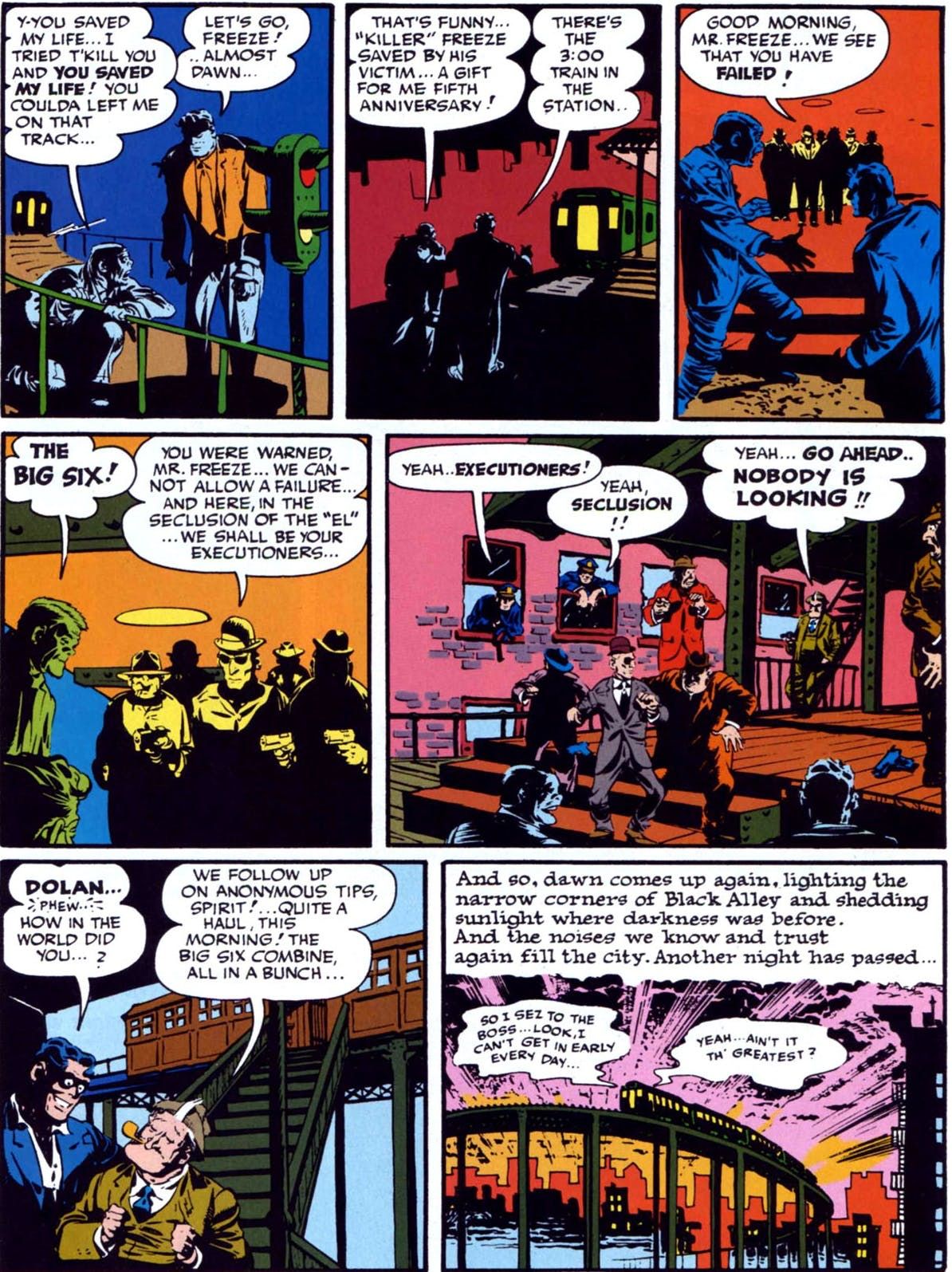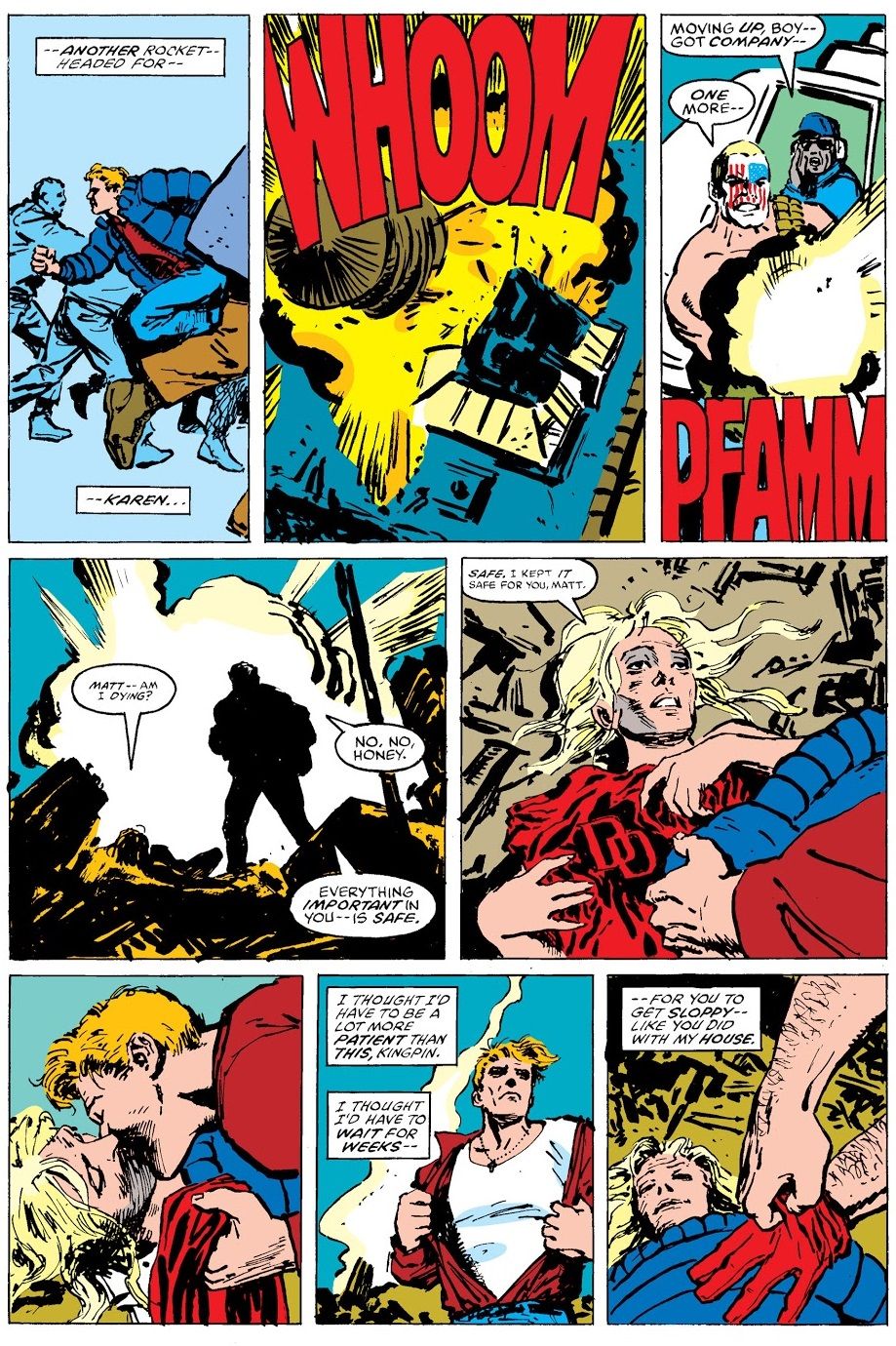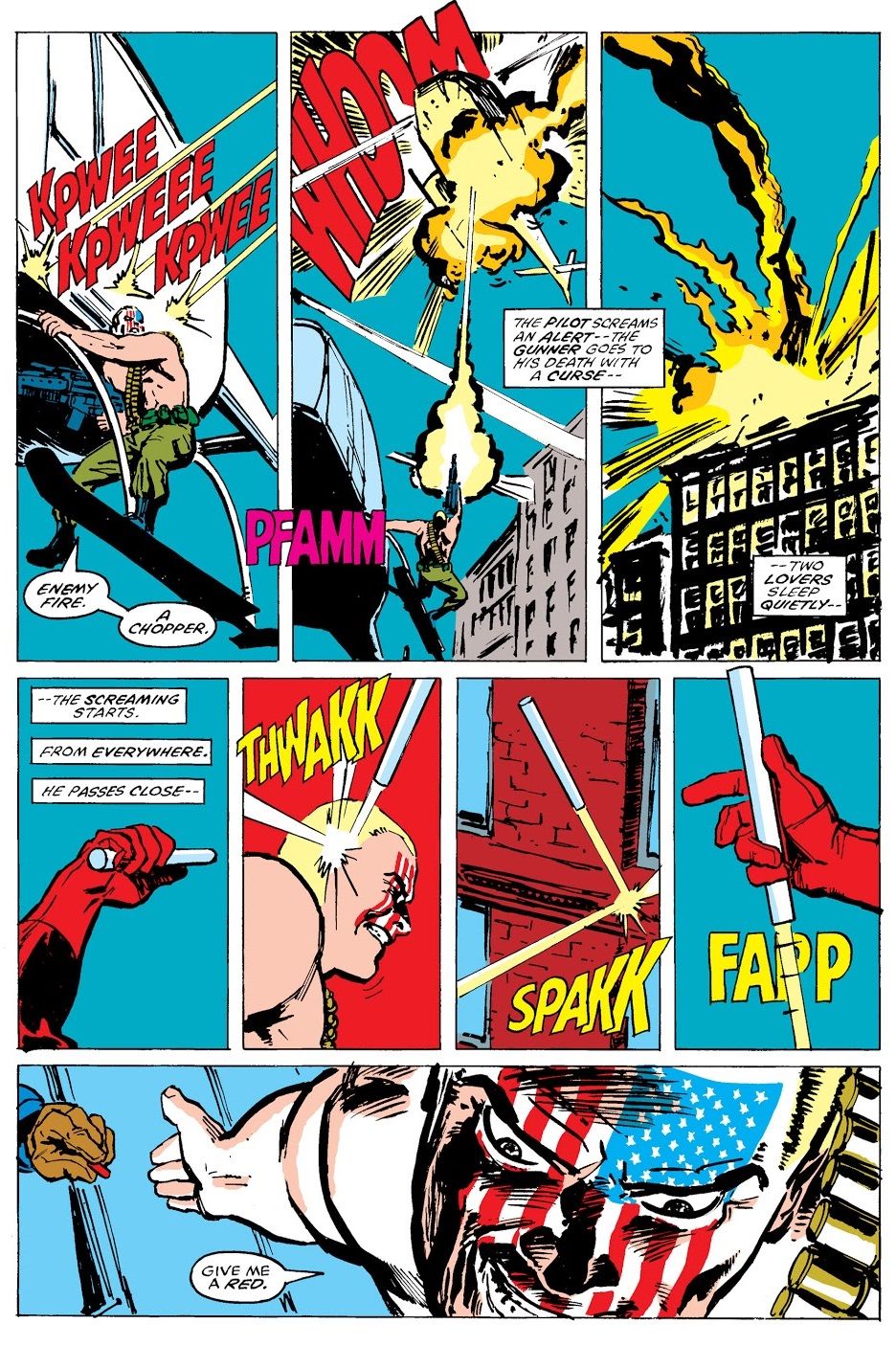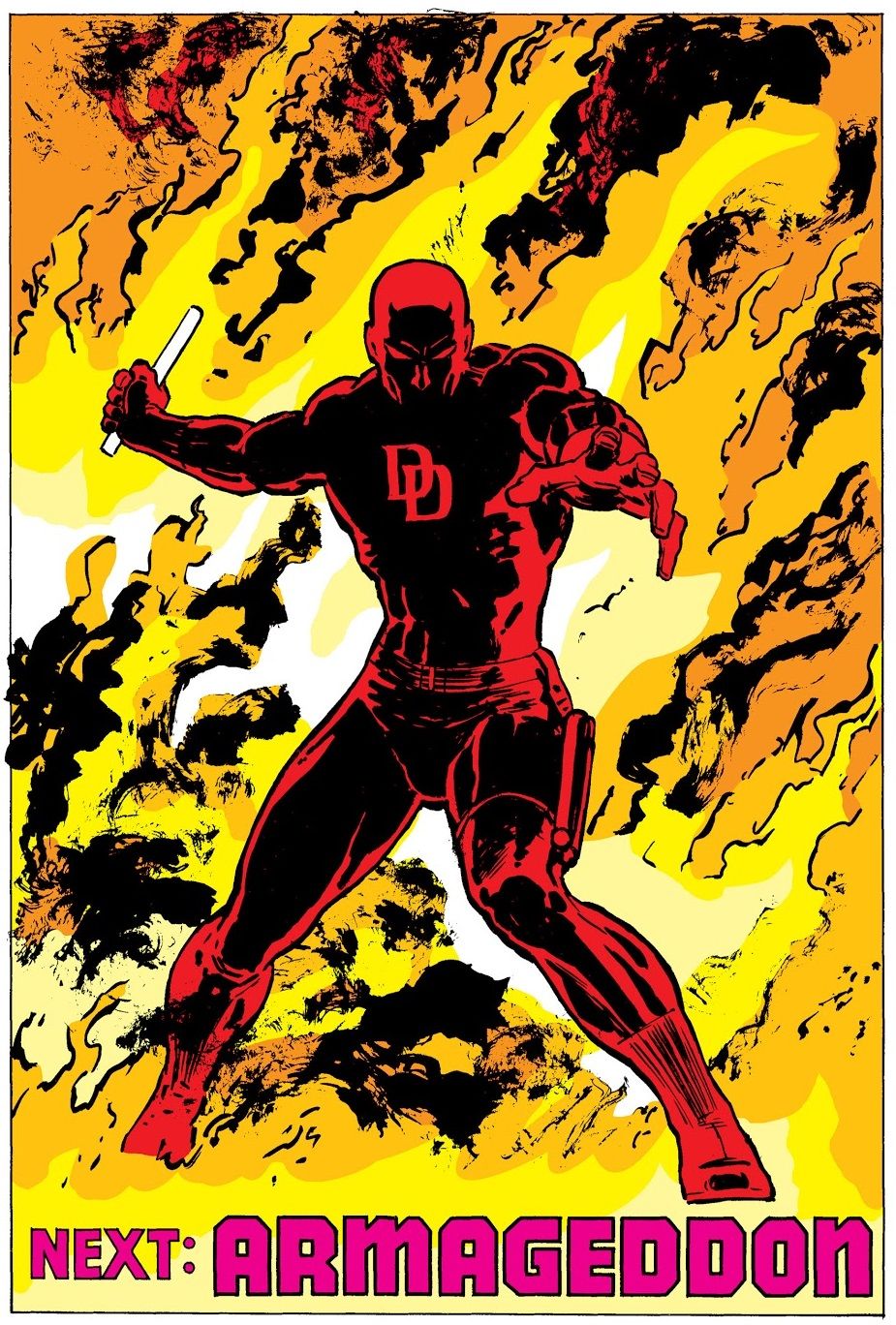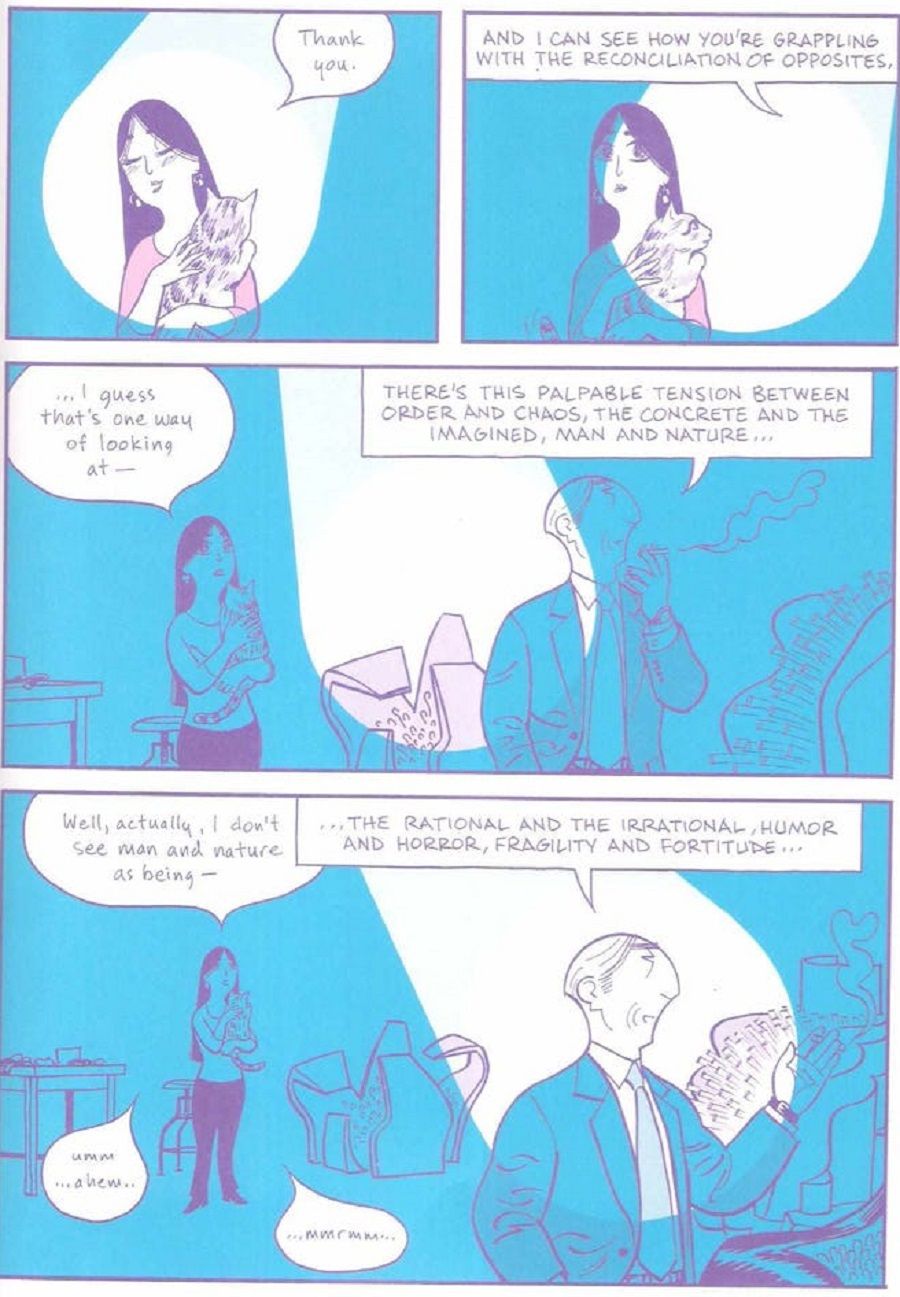The countdown continues! Here are the next four comic book artists that you voted as your favorites of all-time (out of roughly 1,023 ballots cast, with 10 points for first place votes, 9 points for second place votes, etc.).
38. Olivier Coipel – 269 points (2 first place votes)
Olivier Coipel sprang on to the scene with an out of the box approach to the Legion of Super-Heroes during Dan Abnett and Andy Lanning's run on the Legion. It was a real shock to go from the Jeffrey Moy, Scott Kolins, Lee Moder and Jason Armstrong art style on the previous Legion run to the edgier Coipel work. Early Coipel was particularly sketchy around the edges, but bursting with an energy that you rarely get to see in mainstream comic books. It was clear that Coipel was a burgeoning superstar artists, so DC first relaunched the Legion with Legion Lost, specifically to spotlight Coipel's artwork, but then Marvel swooped in and recruited Coipel away. By this time, Coipel had smoothed his edges to become a bit more of a traditional-looking superhero artist, while maintaining the kinetic energy that had been his trademark when he started out.
His first Marvel work was a stint on Avengers with Geoff Johns where he quickly showed how powerful his work can be. The concept is that a deadly virus has been released in Mount Rushmore and the Avengers show up with the United States military...
One husband and wife valiantly try to save their son. The husband dies and the wife drives away with the son covering his face with a cloth. She succumbs to the chemicals and her son seems to be nearing death, as well, when, well, someone shows up...
It practically leaps from the page.
Marvel soon figured that the best way to use someone like Coipel was for special projects. Coipel drew the first major Marvel company-wide crossover in a number of years, House of M, with writer Brian Michael Bendis. Bendis and Coipel later reunited for the crossover event, Siege. In between those two crossovers, Coipel had a highly acclaimed stint on Thor with J. Michael Straczynski. In the years since, Marvel often used Coipel for either miniseries (like The Unworthy Thor), events (Avengers vs. X-Men) and special launches to series and events (he was used to launch Spider-Verse for the Spider-Man titles and to launch Brian Wood's all-female X-Men series in 2013).
Most recently, he launched the creator-owned series, The Magic Order, with writer Mark Millar, and has been keeping busy doing a number of covers for Marvel and DC.
37. Jim Steranko - 272 points (3 first place votes)
A student of comic book history, Jim Steranko is the type of guy who looks at a situation and when he is told, "This is the way we always do things" he counters, "Well, why not do THIS instead?" A solid character artist, Steranko's greatest strength has always been his stunning layouts. His layouts are sharp and clever TODAY - back in the late 1960s they were downright revolutionary. Here is the classic sequence from Captain America #113 where the Avengers and Nick Fury have been captured by Hyrda after attending Cap's funeral (at least they THINK he's dead). As it turns out, though, Cap is not dead and he's coming back to just in time to save his friends in some of the most stunning pages of the era...
This was after Steranko had already made a name for himself on Nick Fury, Agent of S.H.I.E.L.D., particularly in his willingness to experiment with stuff like psychedelia in his comics.
The crazy thing is that pretty much Steranko's entire Marvel career took place in about four three years (not counting a pair of assignments in the early 1970s) and yet he was so amazing that he is still remembered as one of Marvel's greatest artists.
36. Will Eisner – 277 points (3 first place votes)
The amazing thing about Will Eisner is that he was doing stories every week for years. I've already spotlighted how that approach led to him trying a lot of experimental stories (got to keep things fresh, after all) but I'm almost more impressed with how good his art was while having to come up with distinct stories every week. Eisner was one of the first comic book artists to master the art of noir, something that was becoming very popular in the films of the time period - hard-boiled stories that were characterized by powerful usage of shadows. Here's an Eisner story from 1949 about a guy hired to kill the Spirit...
That is some exquisite storytelling and striking use of shadows from Eisner - this was on a whole other level than most comic book artists of the time.
35. David Mazzucchelli – 281 points (4 first place votes)
Perhaps the most impressive aspect of David Mazzucchelli's illustrious career as a comic book artist is the way that he CONTROLLED the page. He almost made his pages work like a motion picture, that's how accomplished he was at controlling how you viewed the page.
Check out the famous sequence from "Born Again" in Daredevil where we see Nuke attacking Hell's Kitchen, forcing Matt Murdock to become Daredevil again to stop him...
See what I mean about how he directs your vision in a way unlike most artists? Mazzucchelli's layouts control the viewers' line of sight in a way that they don't even consciously realize.He did similar work on Batman: Year One, which is one of the most cinematic-feeling comic books that you'll ever see.
And, of course, Mazzucchelli did not stop at the brilliance of Year One and Born Again. No sir, he has evolved his artwork, as you can see from his award-winning graphic novel, Asterios Polyp, where he brilliantly used color and light to tell the story, like where we get to see "mansplaining" illustrated...
Such amazing work, and it is cool to see the drastically different styles, with him being brilliant at both styles!

